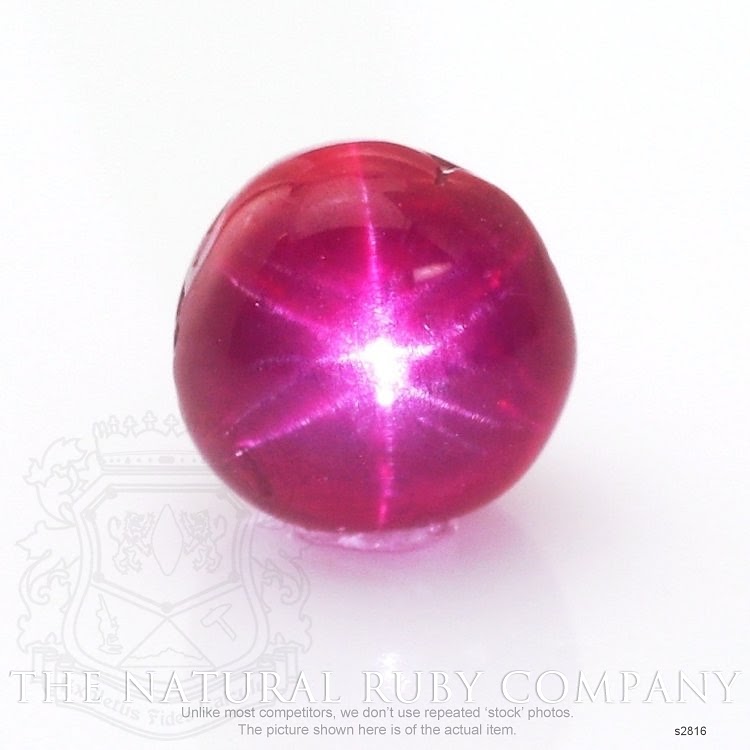The Nature of Emeralds
Emeralds are a variety of the mineral species beryl, written as Be3Al2Si6O18. Trace amounts of chromium is what usually colors emeralds, though vanadium can sometimes color them too.
The deep, shimmery green of emeralds has been historically revered by all cultures since antiquity. Above is a gold Incan funerary mask featuring emerald eyes. Emeralds were a favorite gem of Cleopatra, symbolizing eternal life in addition to being beautiful. Aztec and Incan civilizations believed that emeralds were sacred.
This adoration persists today, coveted by kings, popes, entrepreneurs, and members of Hollywood “royalty”.
J8784 | play | medium
Emerald Jewelry ID: J8784

Beryl Varieties and Confusion


Despite the attention and prices emeralds command, other varieties of beryl remain relatively unknown. Other colors include red, pink, light blue, dark blue, yellow, colorless, and a lighter green that is legally recognized as a separate gem color.
Historically, most people did not differentiate between gems of different colors. Every clear red gem a ruby, clear blue stone a sapphire, green stones emeralds, etc. As a result, a lot of antique gems referred to by one name can be a separate gem. A very famous example is the Black Prince’s Ruby, set in the Imperial State Crown of Britain. Despite the title of “Ruby”, it is in fact a piece of red spinel. Any gemology buff can look at it and tell, because rubies never grow in such a clean, bipyramidal shape.
Nicolas Louis Vauquelin was the first to publish a chemical analysis of emeralds at the end of the 18th century.
Emerald Durability
Weight: 0.38 Carats
Origin: Zambia
Weight: 0.35 Carats
Origin: Zambia
Weight: 0.43 Carats
Origin: Zambia
While brittle in comparison to other gems due to their inclusions, emeralds still have a high hardness of 7.5-8 on the Moh’s hardness scale. In comparison to something like your finger, emeralds are much tougher They also maintain their color under a variety of conditions. Emeralds are tough enough to withstand daily wear, though activities like cleaning with bleach should not be done while wearing jewelry. Bleach will put pits in the metal.
Other Possible Effects
Emeralds rarely form in a trapiche shape, a six armed pattern that is not to be confused with stars commonly found on rubies and sapphires. The trapiche appearance comes from the physical crystal formation, and is stationary. Stars are phenomena, a special effect of the light as it reflects from the rubies and sapphires. The star visibly moves across the surface, and is never stationary. A cat’s eye phenomena is rarely seen in emeralds too.



